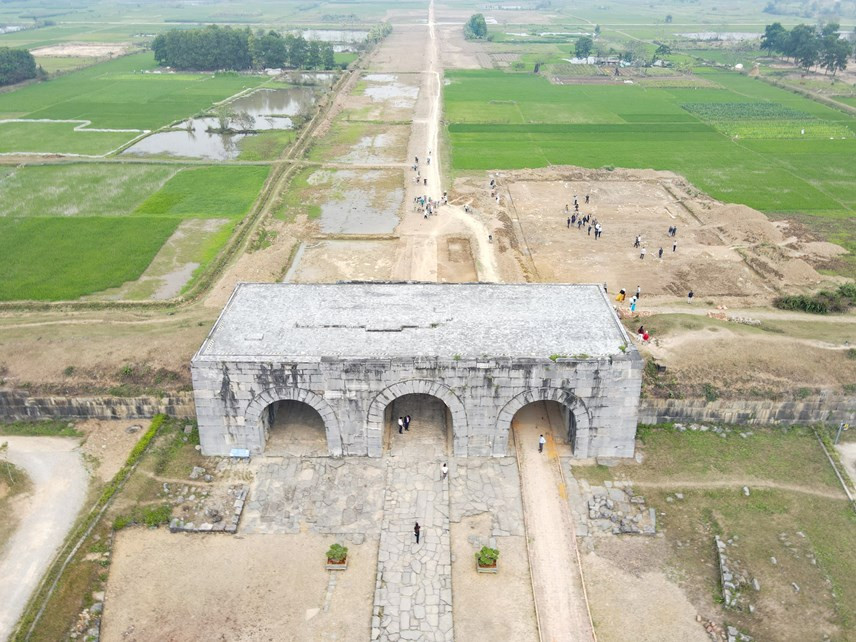
Ho Dynasty Citadel is located in Vinh Tien and Vinh Long communes, Vinh Loc district, Thanh Hoa province, and is considered a unique stone architectural work in Vietnam. The citadel was built by Ho Quy Ly in 1397 when he moved the capital from Thang Long to Tay Do. After more than 600 years, many constructions inside the citadel have been destroyed. In 2011, Ho Dynasty Citadel was recognized by UNESCO as a world cultural heritage. Photo: Dinh Minh
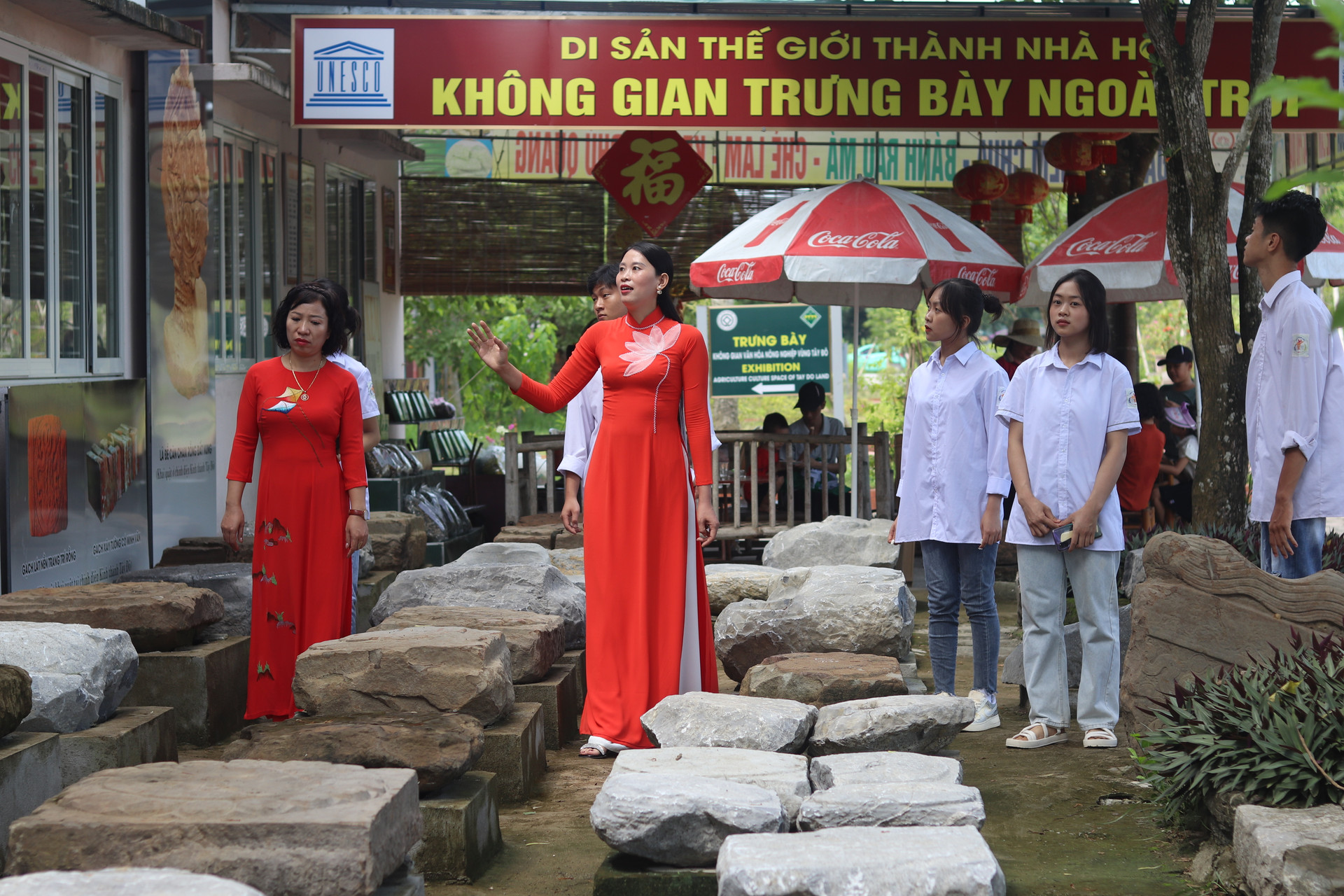
Teachers and students of class 12A7, Vinh Loc High School visited and experienced the Ho Dynasty Citadel heritage. The first stop of the group was the outdoor exhibition space. Photo: Dinh Minh
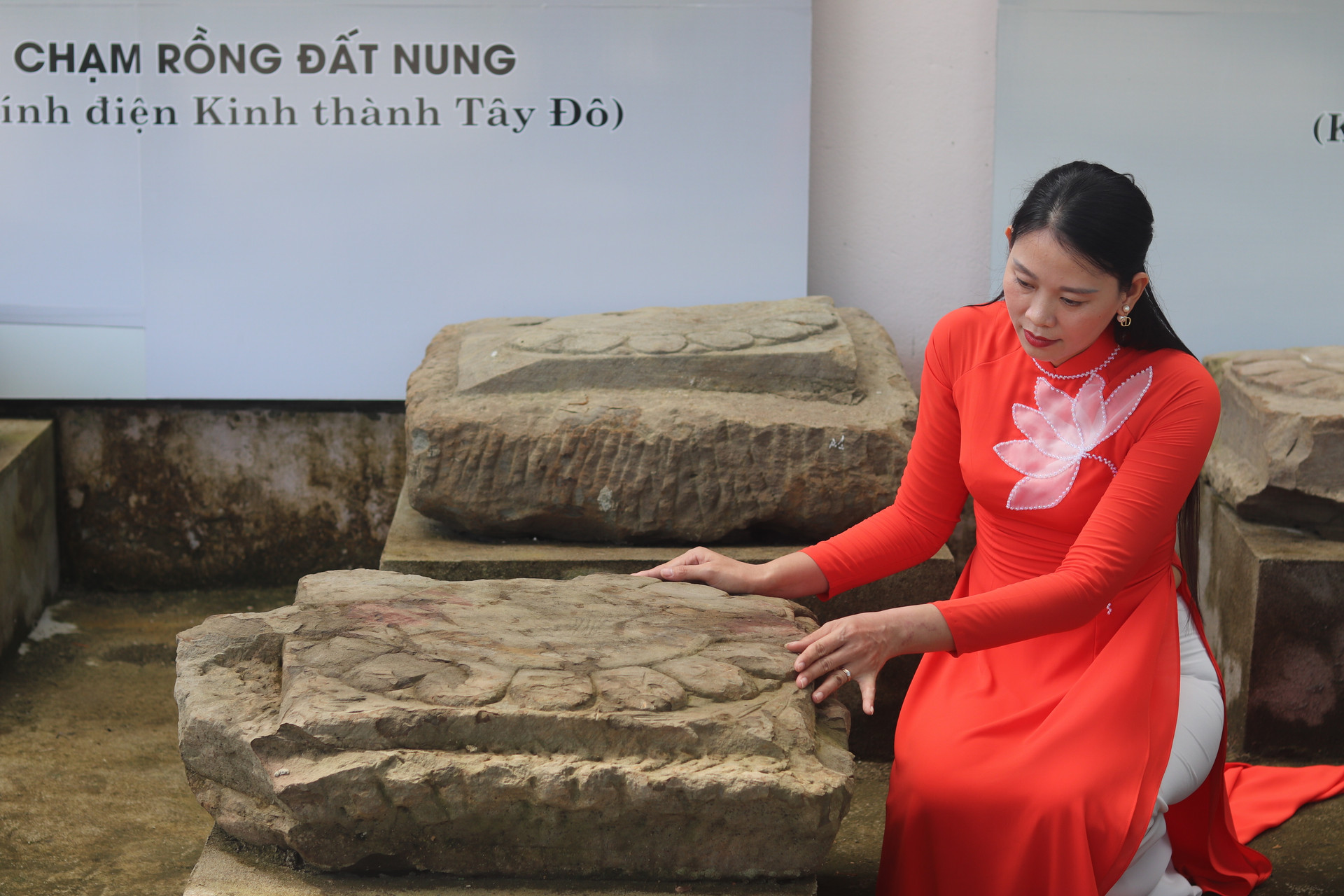
Currently, there are many stone relics found here during excavations. They are mainly base stones of different sizes, with lotus-petal motifs. Photo: Dinh Minh
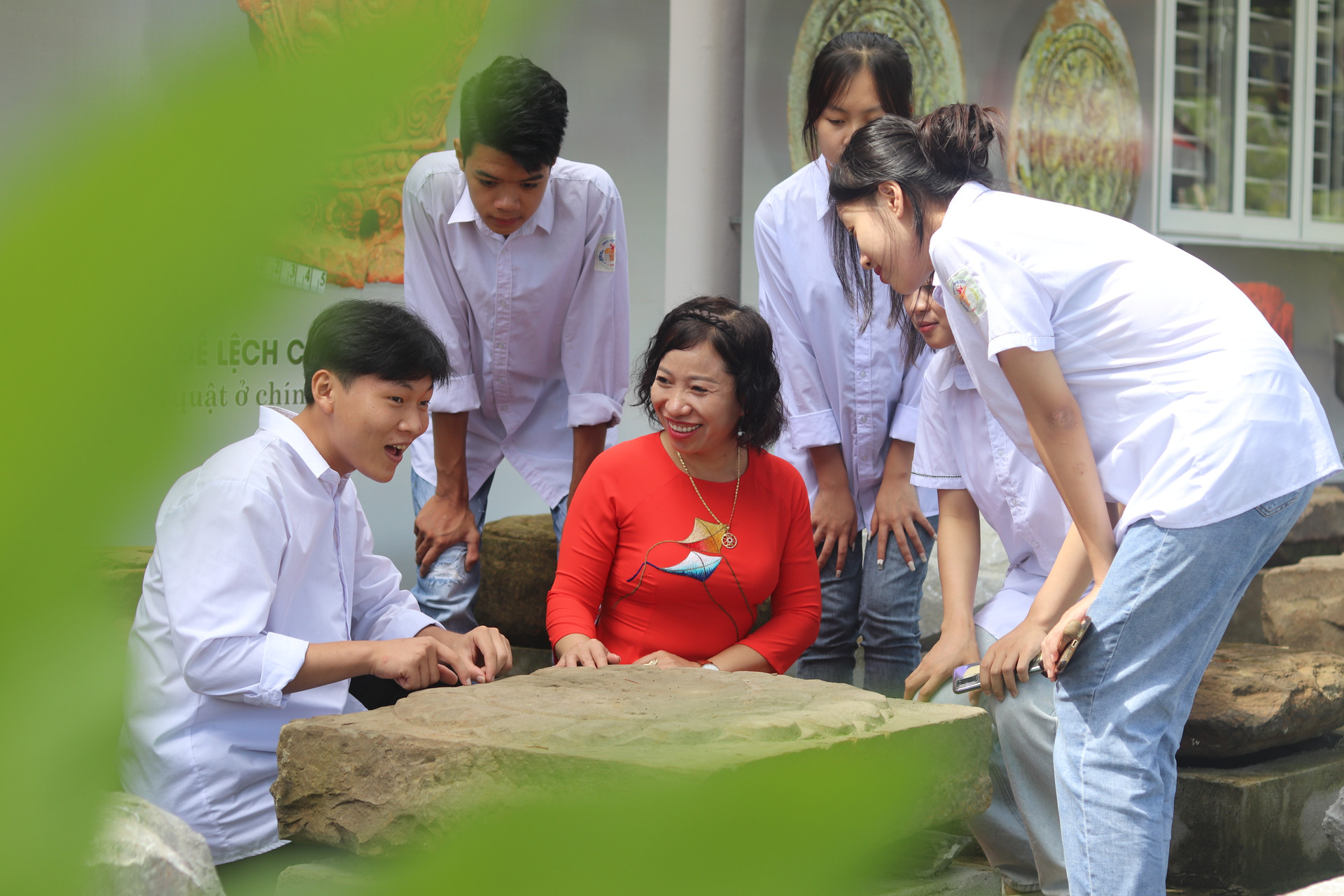
Some artifacts are also engraved with images of winding dragons - a symbol of kings, representing the power of the dynasty. Photo: Dinh Minh
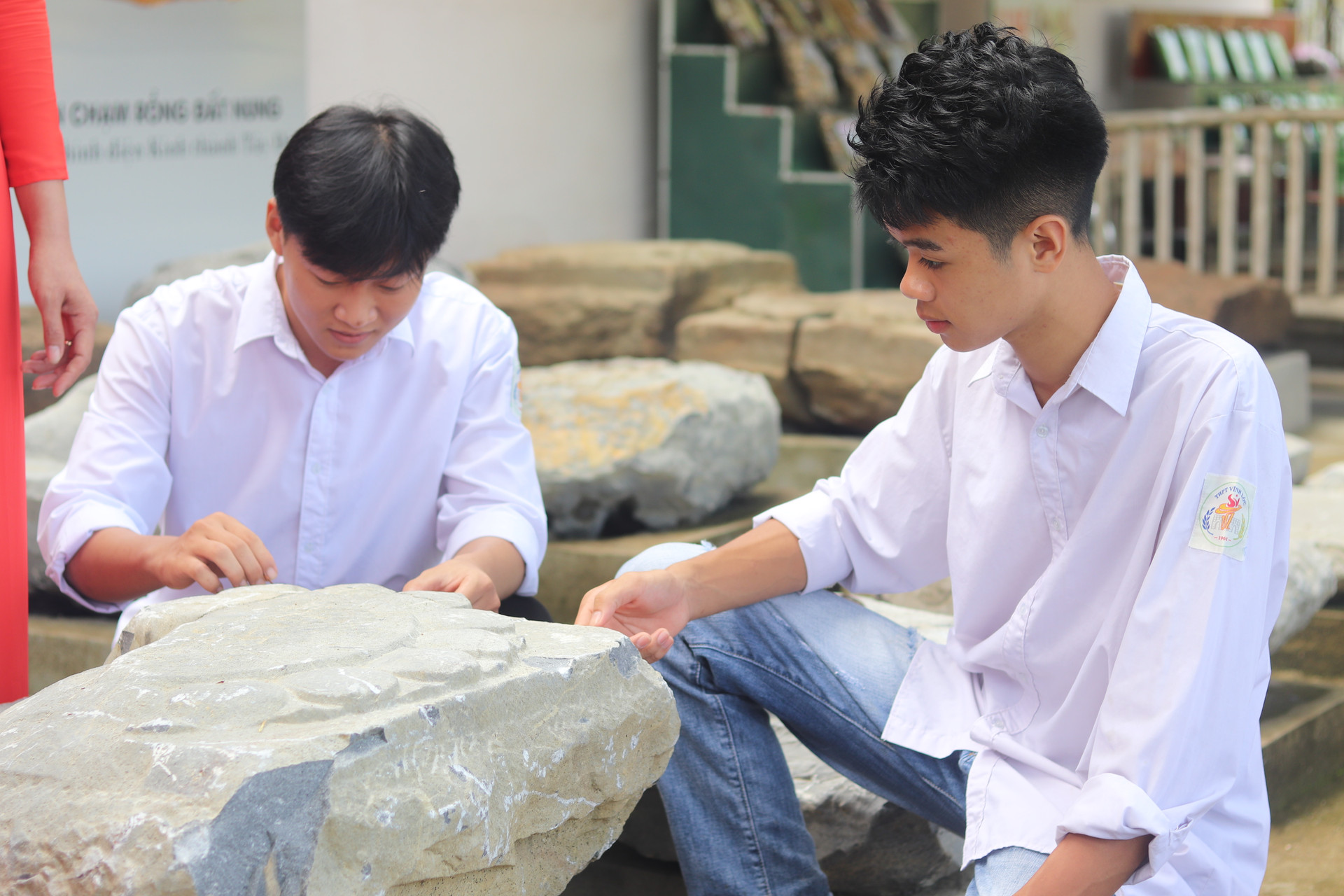
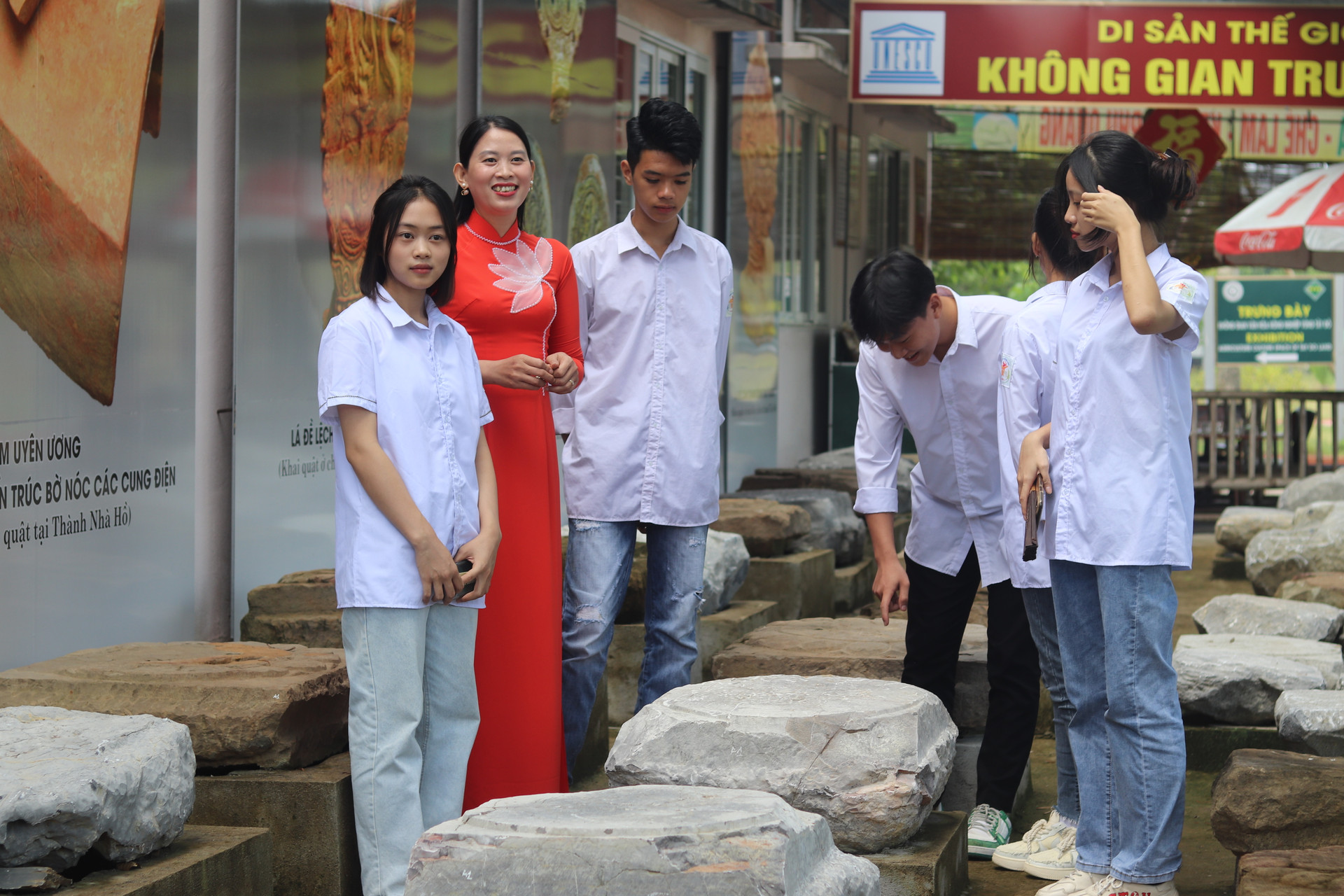
In addition, architectural traces in the Inner Citadel are also shown by ancient materials such as tube-end tiles with Bodhi leaves carved with the image of two dragons; phoenix heads, mandarin ducks... Photo: Dinh Minh
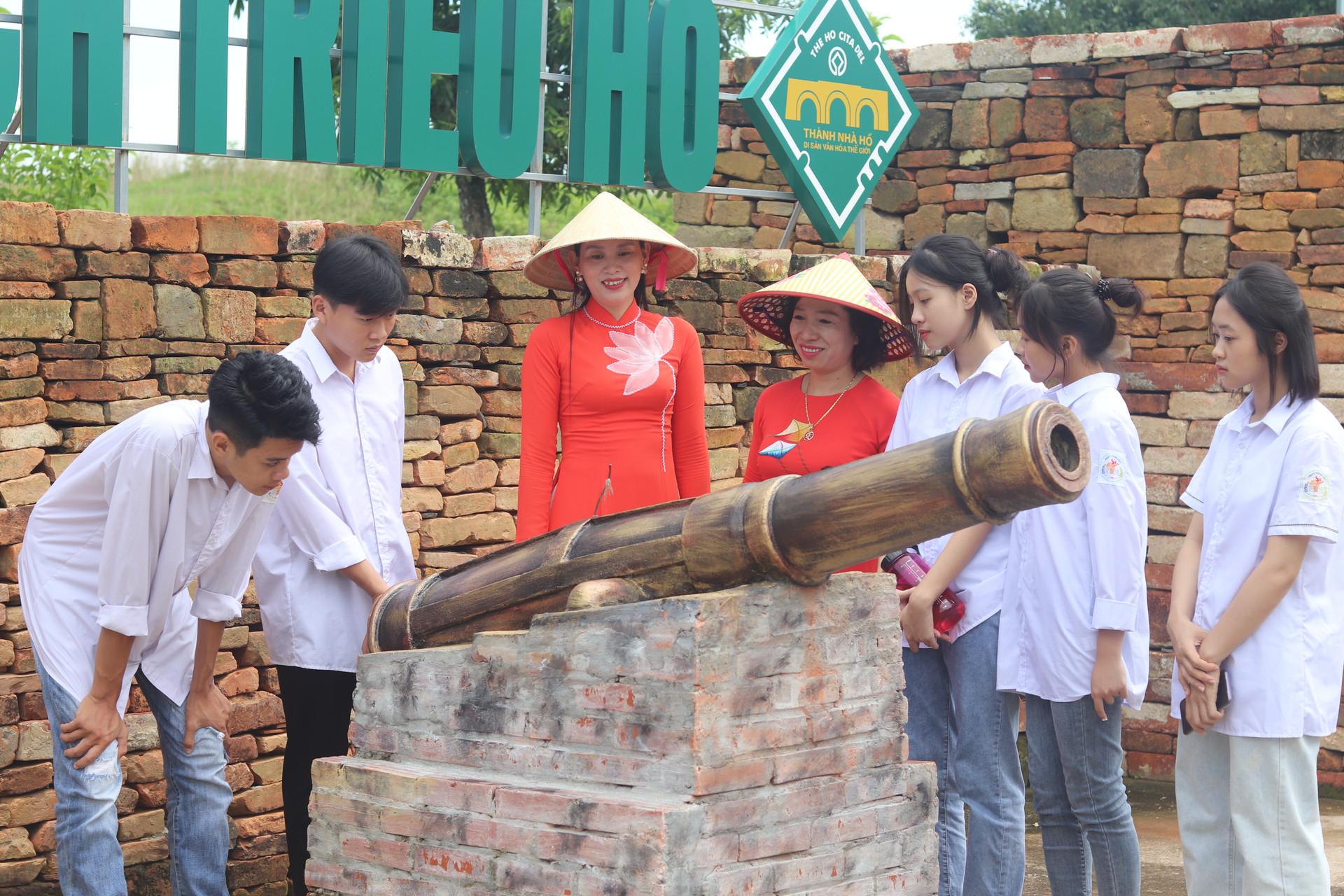
Next, the delegation went to the area where the cannon was reconstructed and simulated, associated with the name of Ho Nguyen Trung (son of Ho Quy Ly). Photo: Dinh Minh
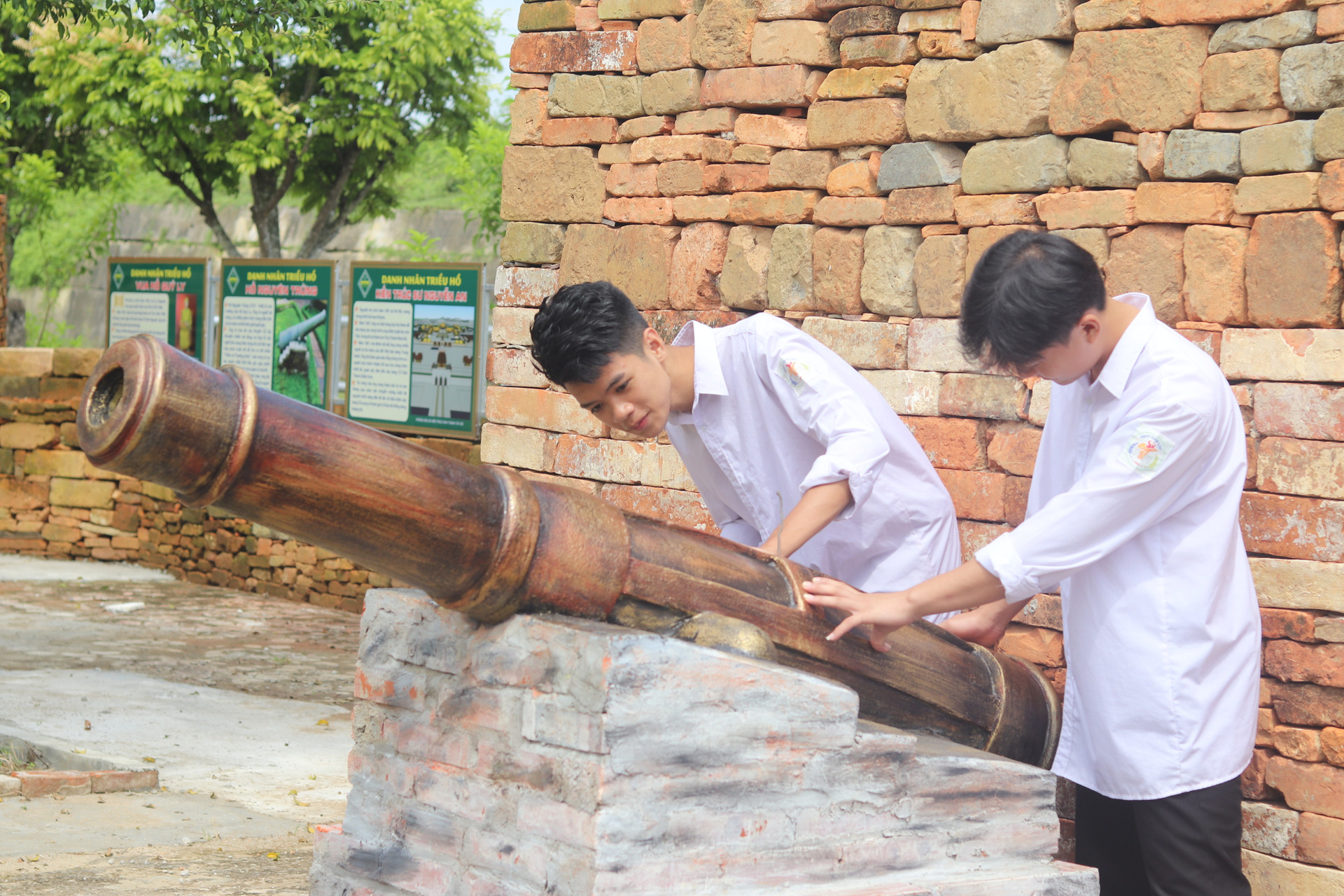
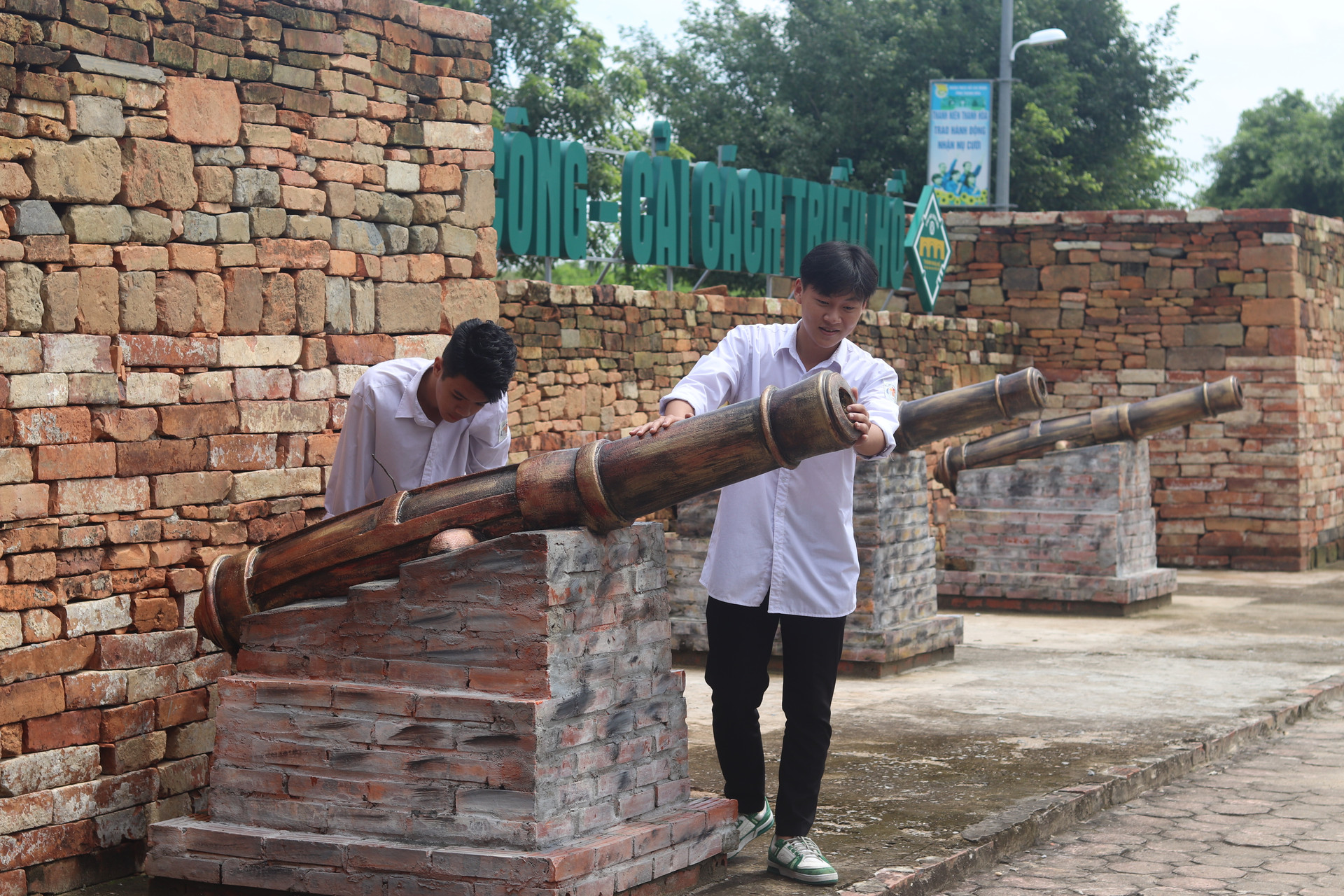
Here, the tour guide described how to use cannons and the process of the Ho Dynasty army's resistance against the invading Ming army. Photo: Dinh Minh
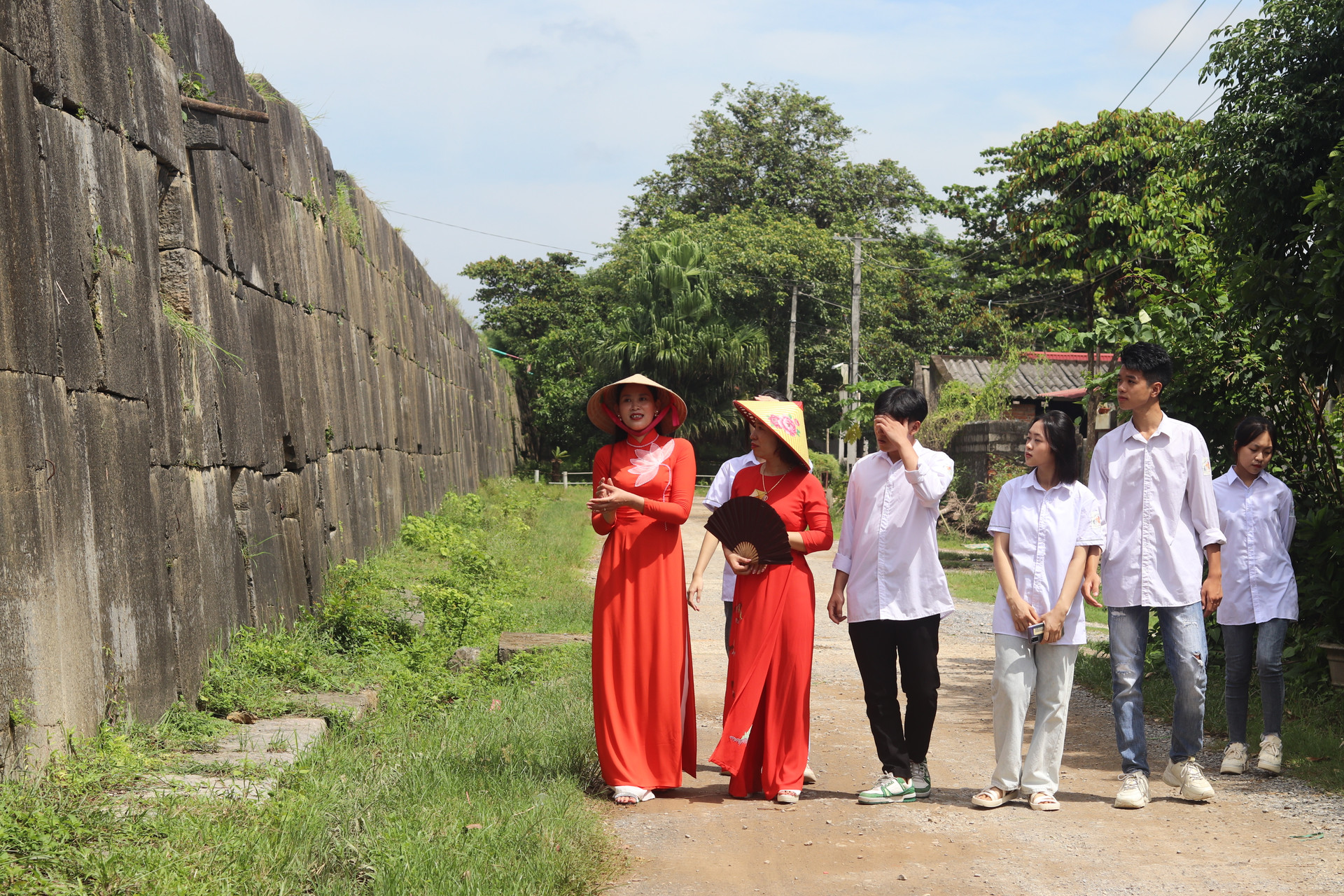
At the students’ request, the group stopped to visit the citadel’s surrounding wall, where there were large, square, blue stone slabs, meticulously carved, stacked tightly on top of each other without using any additional binding materials. Photo: Dinh Minh
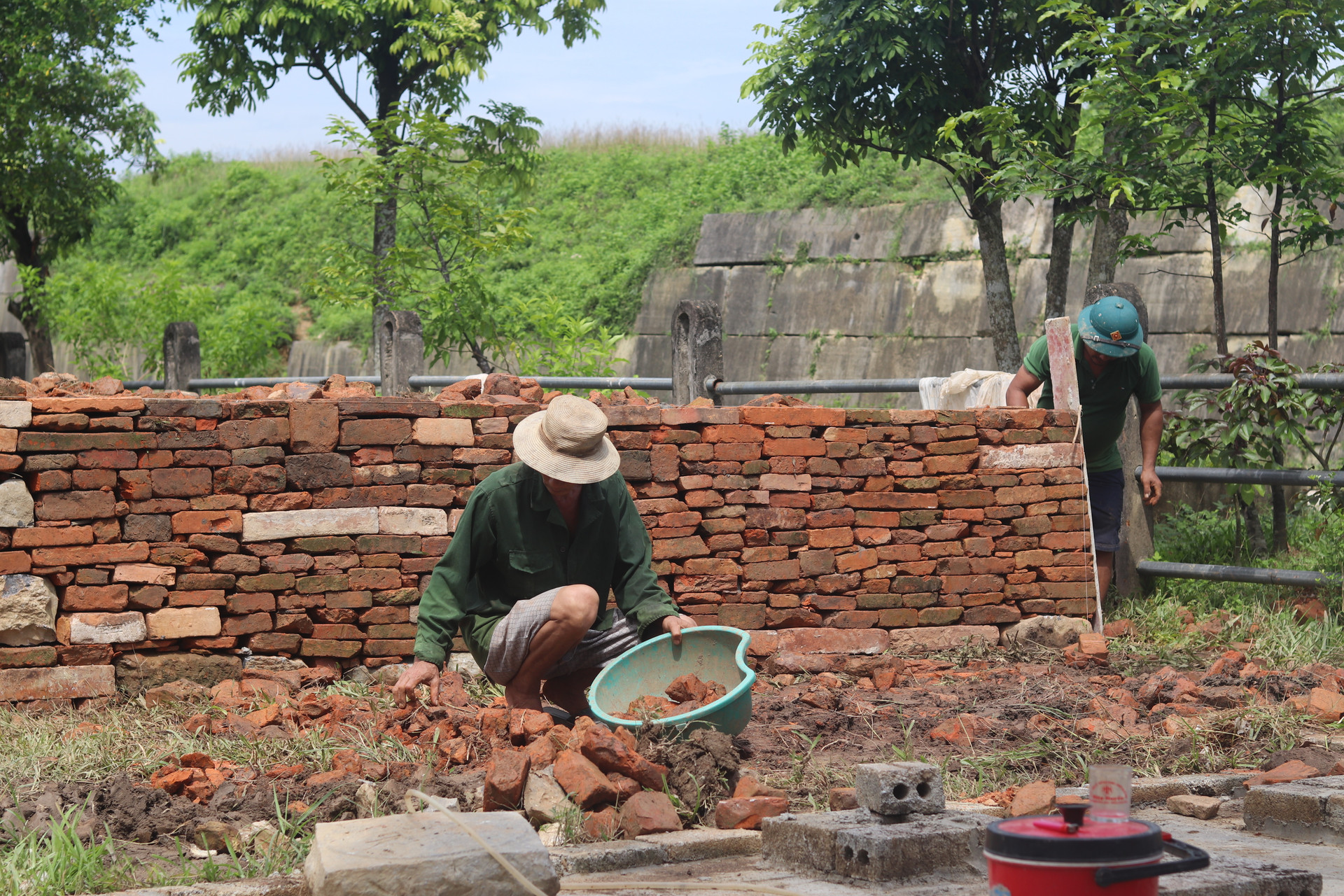
To this day, after many excavations and surveys, scientists have not been able to prove exactly how ancient workers could lift stone blocks weighing tens of tons to such a high height. Photo: Dinh Minh
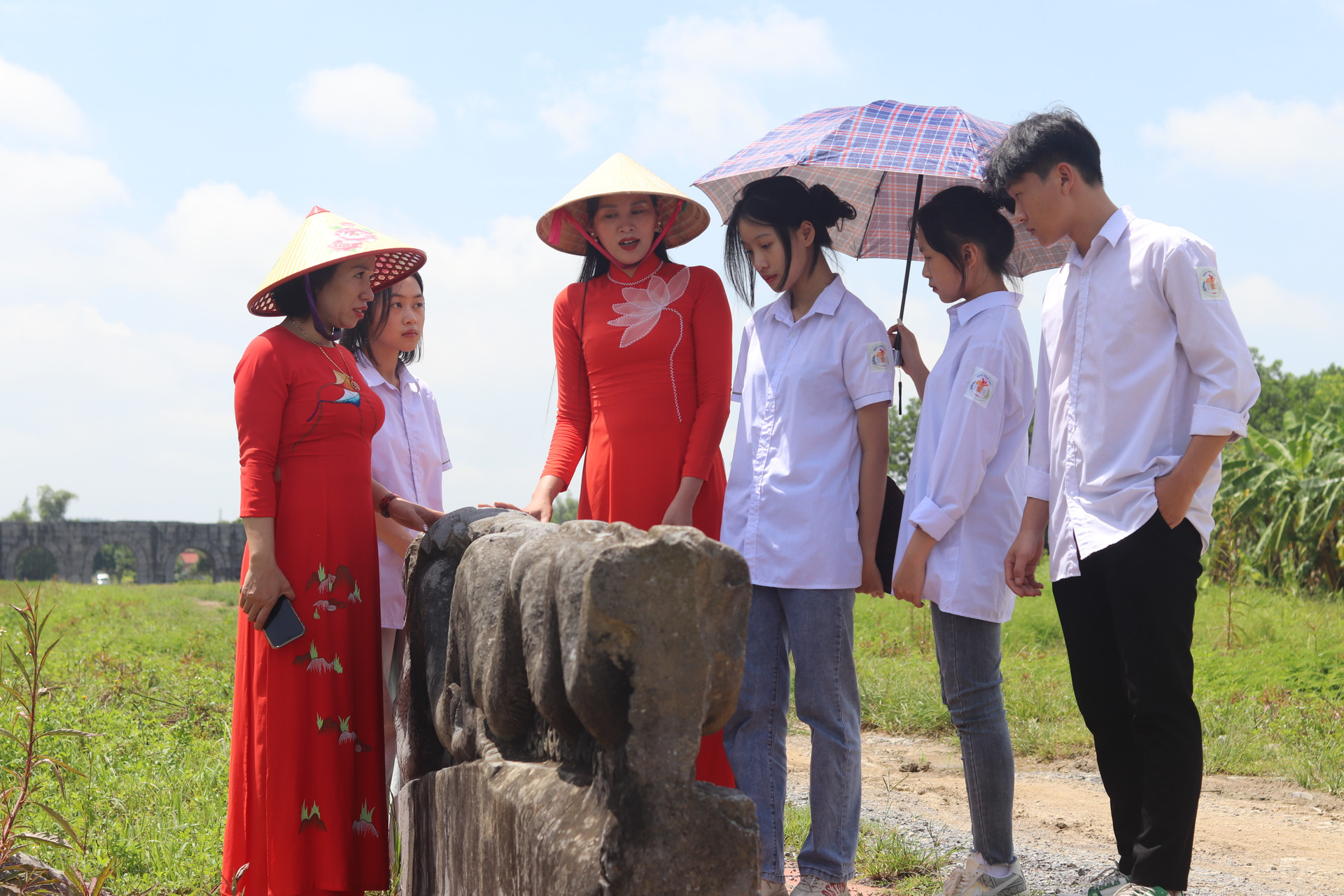
Deep inside the Inner City, the tour guide told the students the story of the pair of stone dragons discovered in 1938. Photo: Dinh Minh
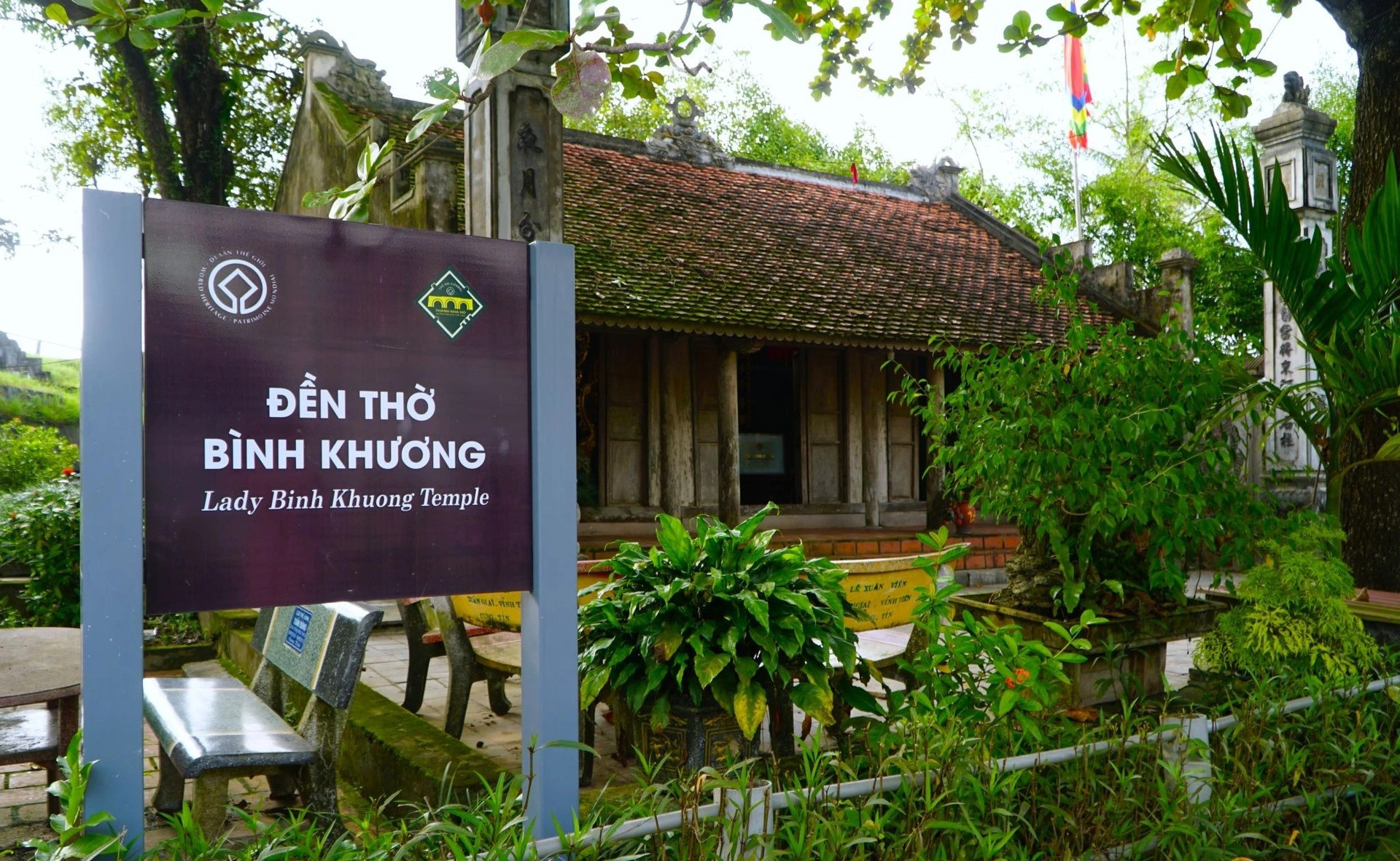
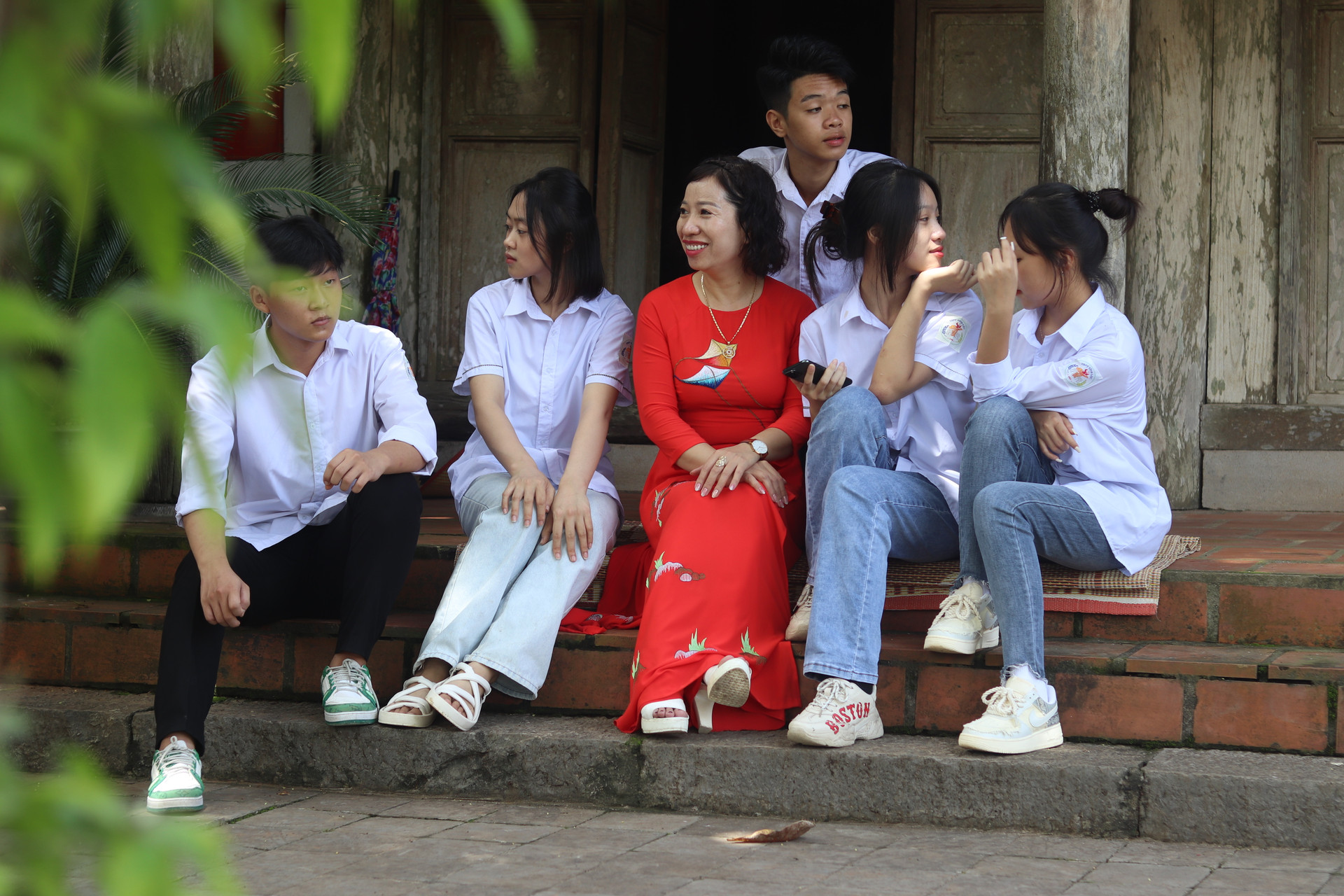
Visiting the temple of Lady Binh Khuong, tourists and young people can hear the legend of "Lady Binh Khuong banging her head against a rock until she died to cry out for her husband who was buried alive by the king when the wall collapsed". Photo: Dinh Minh
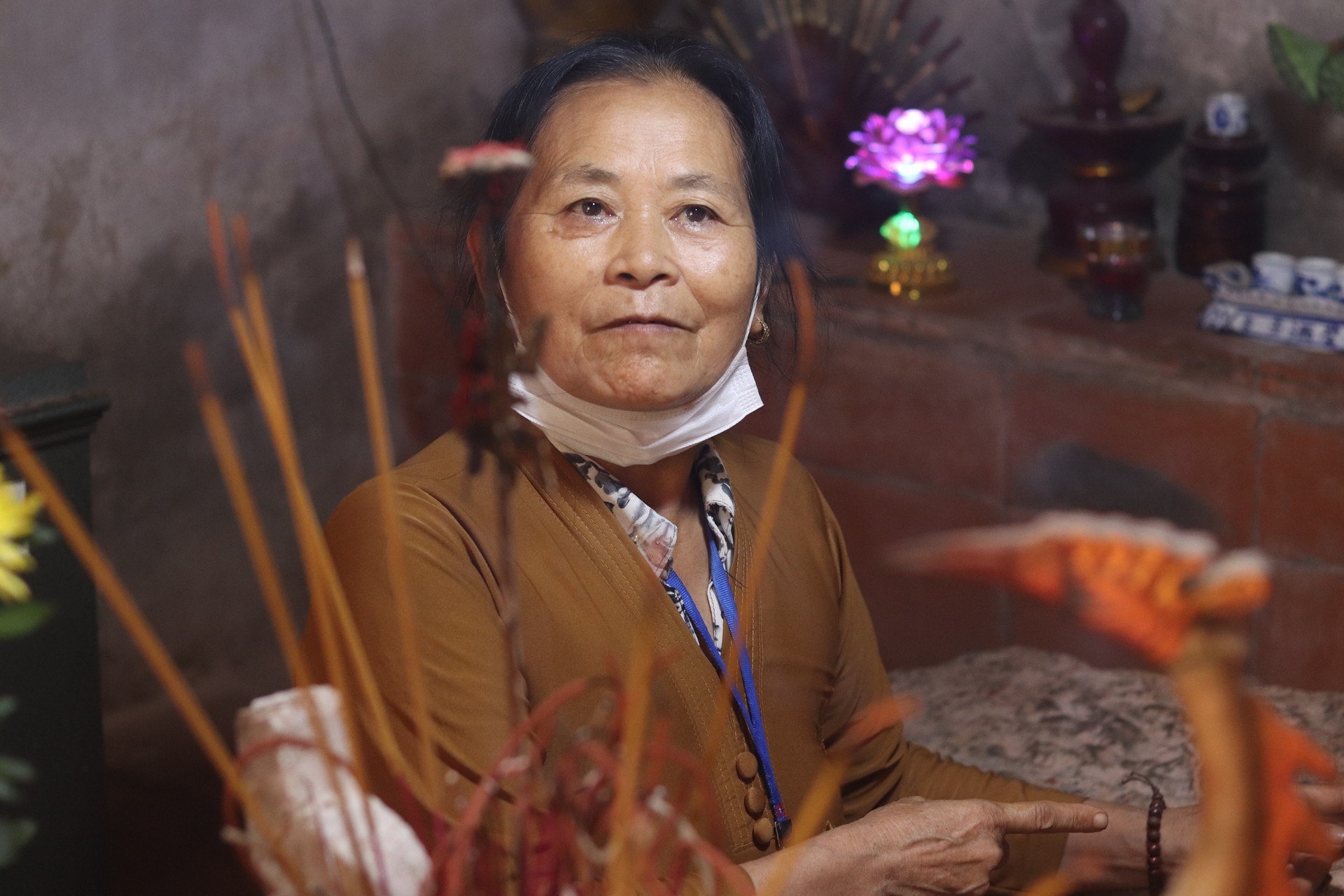
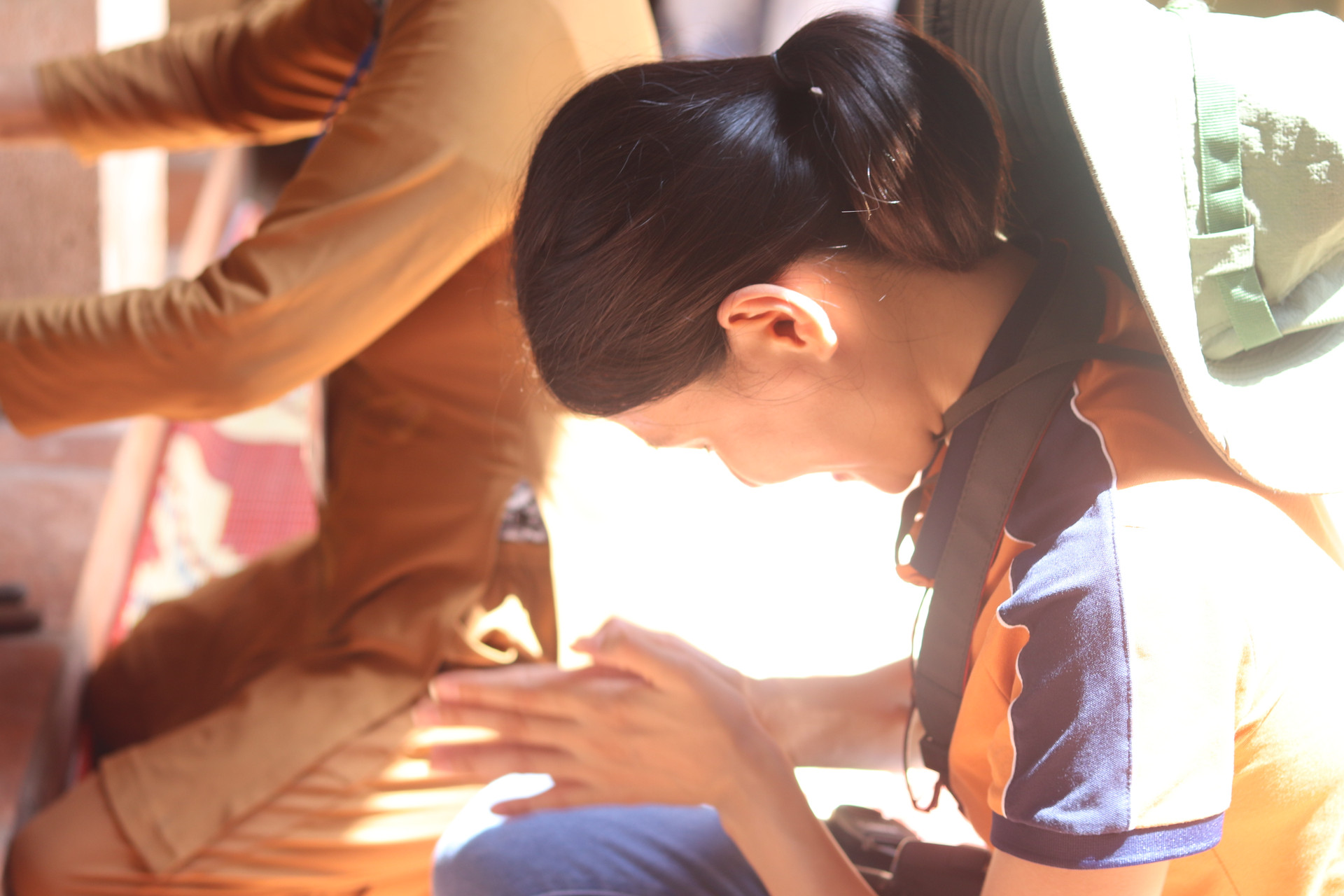
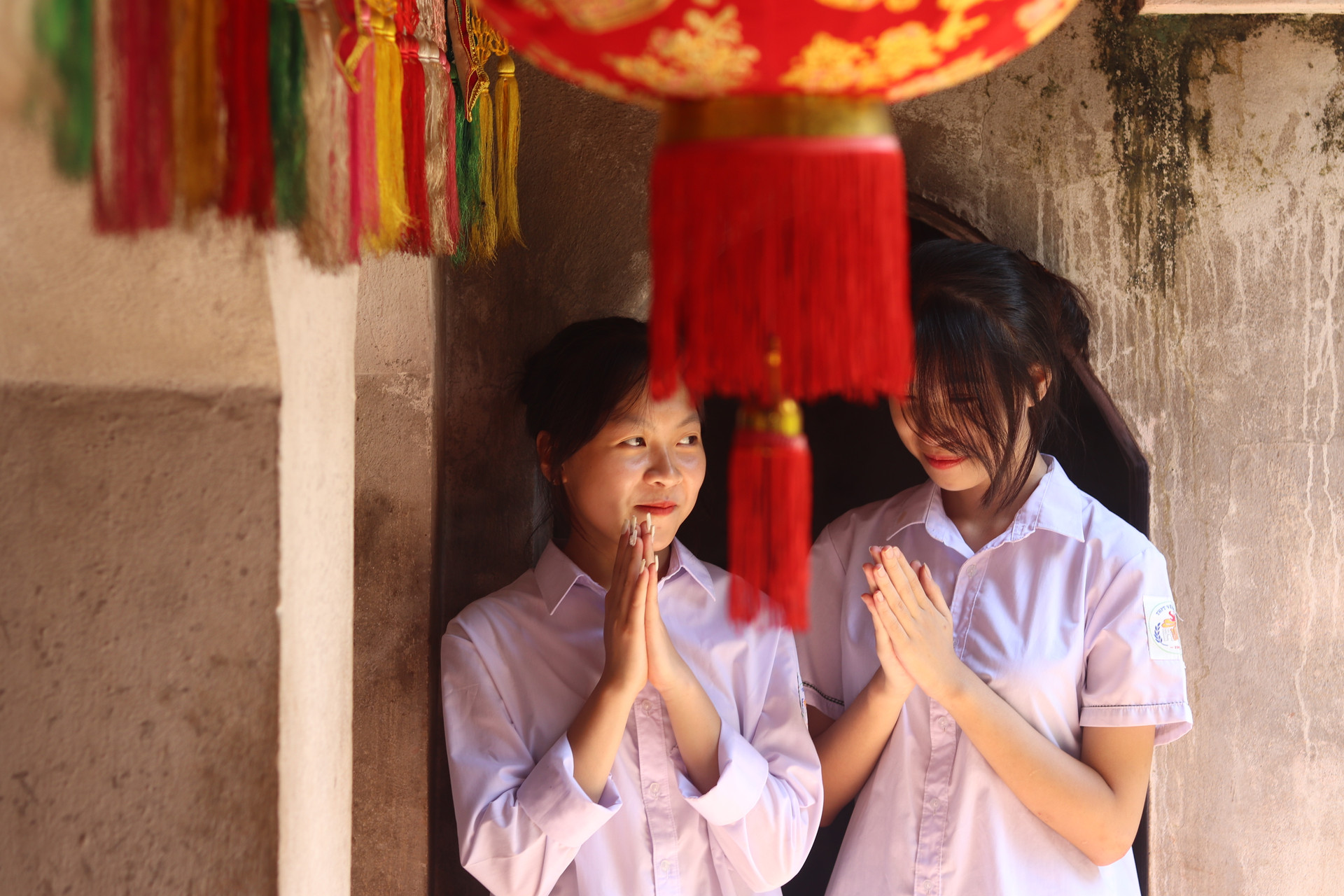
Inside the temple, young people and locals clasp their hands and pray for good things for themselves and their families. Photo: Dinh Minh
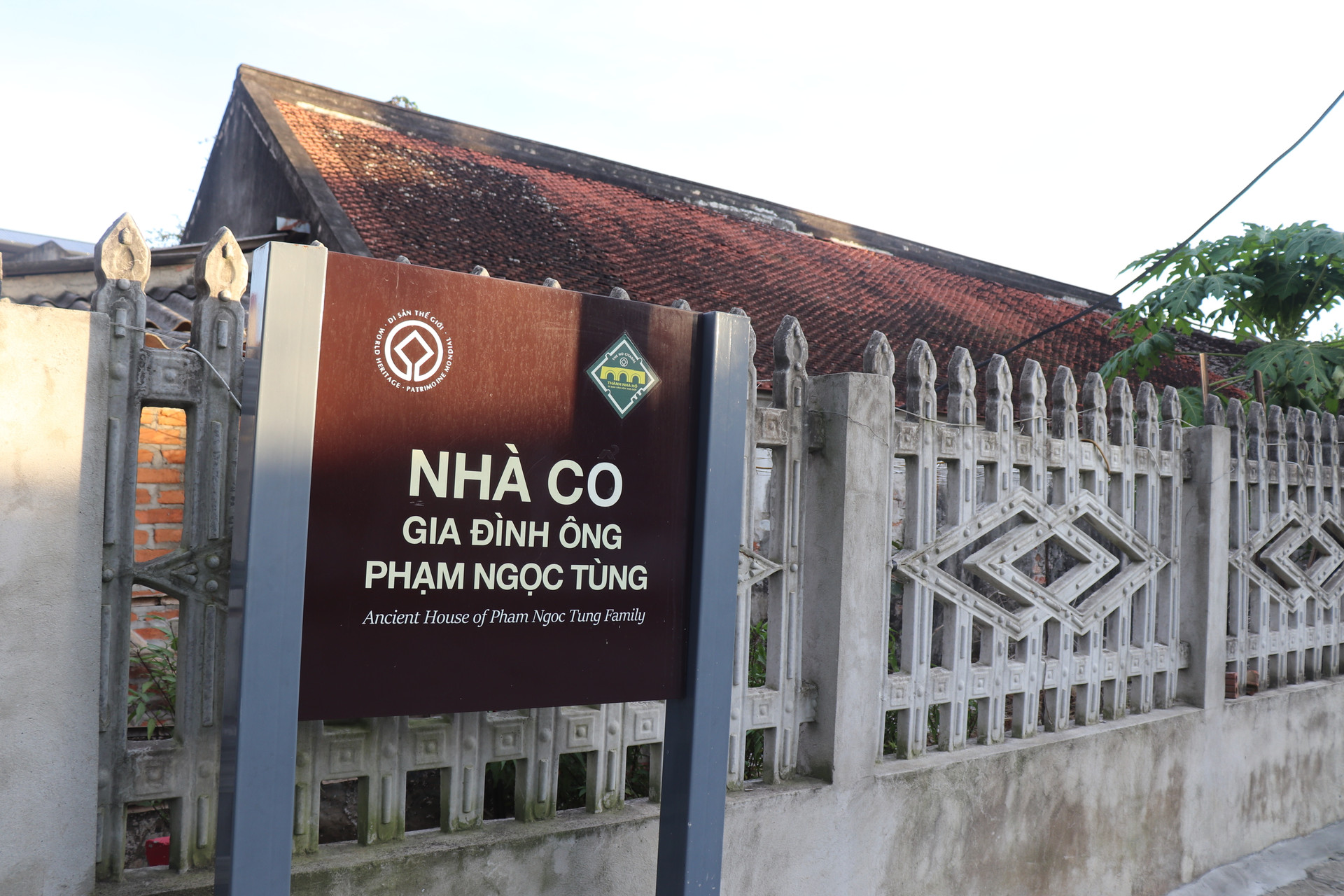
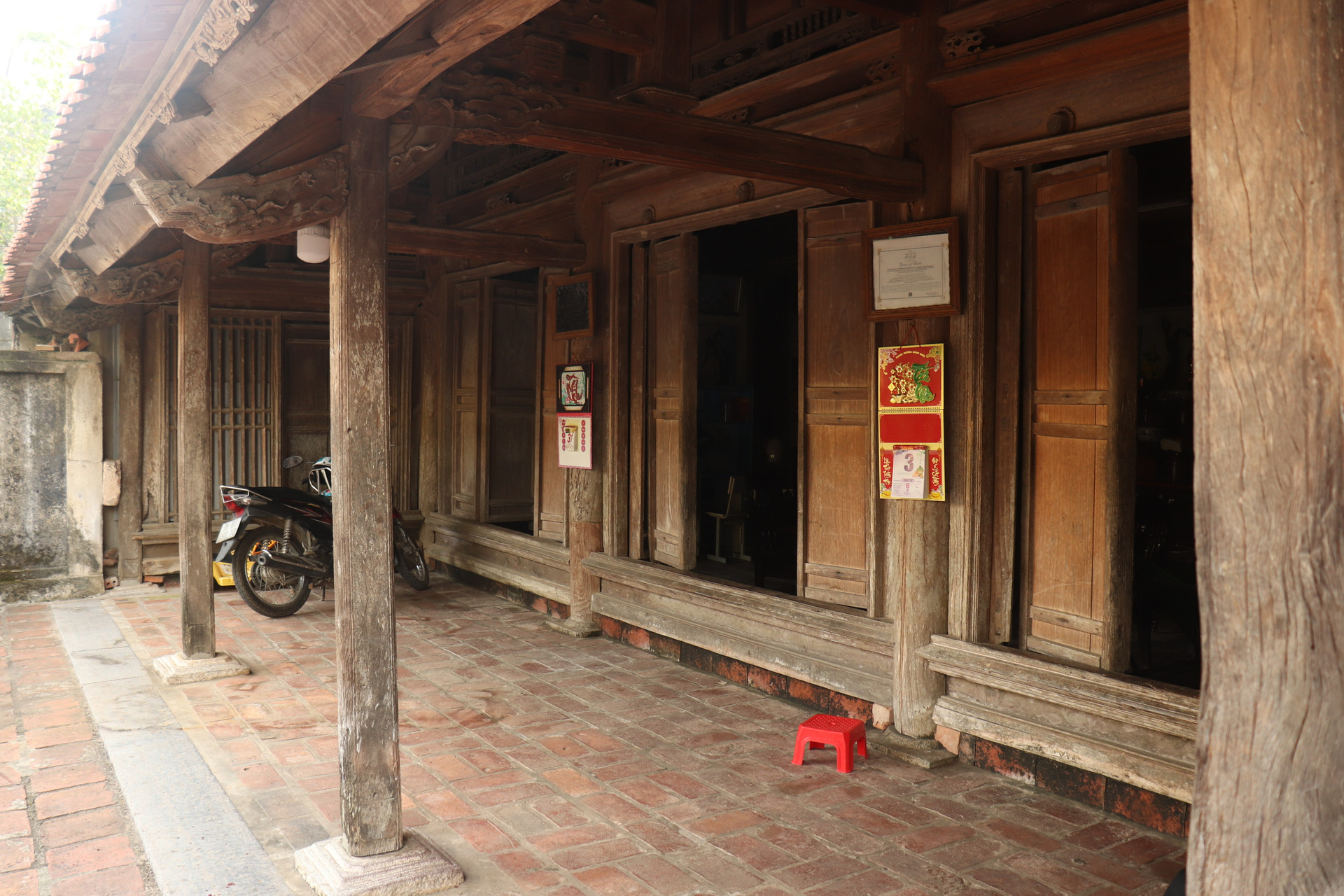
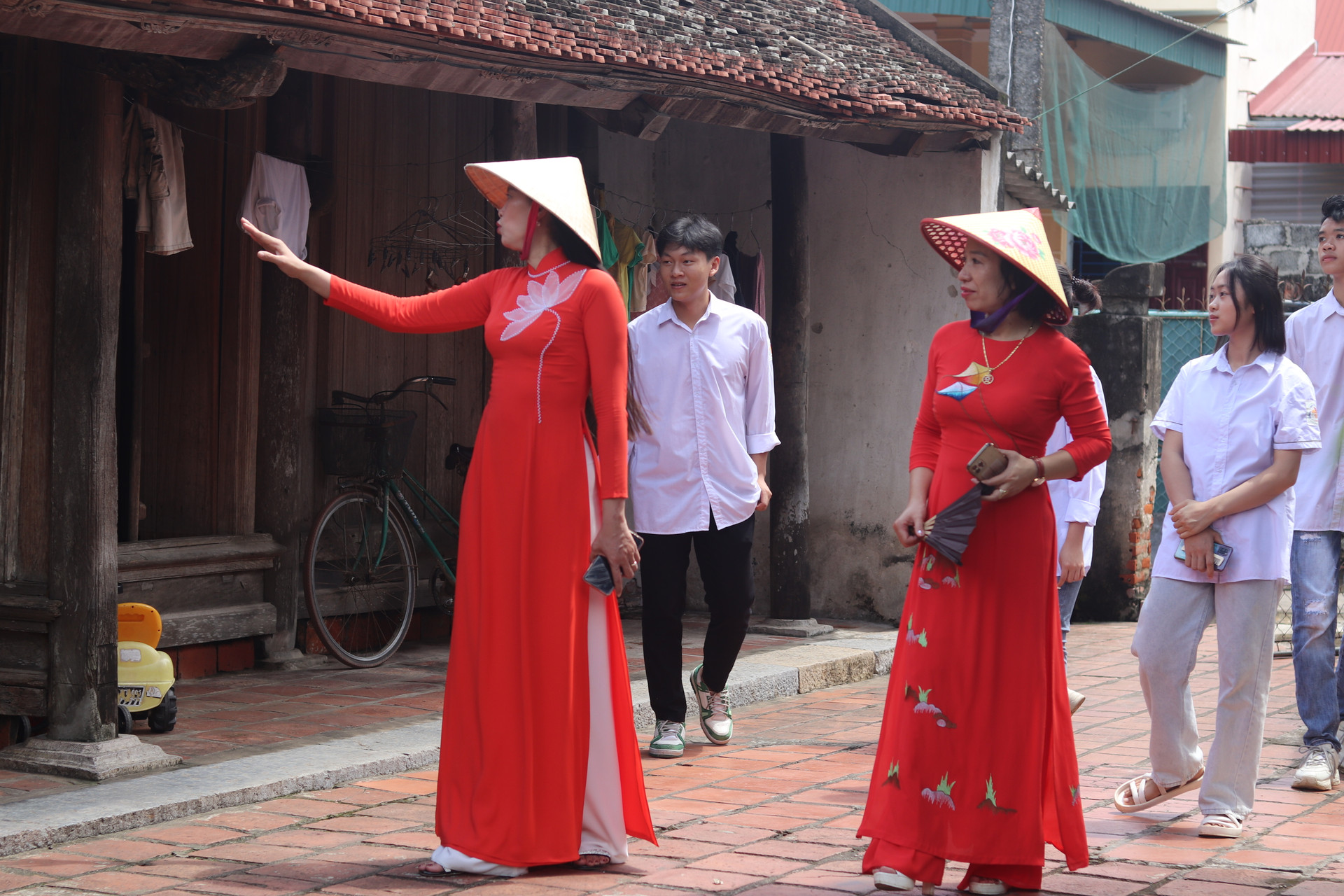
The group's next stop was the ancient house of Mr. Pham Ngoc Tung (71 years old, residing in Vinh Tien commune, Vinh Loc district), built in 1810. This building is located 200 meters from the West gate of the UNESCO heritage site of Ho Dynasty Citadel. Photo: Dinh Minh
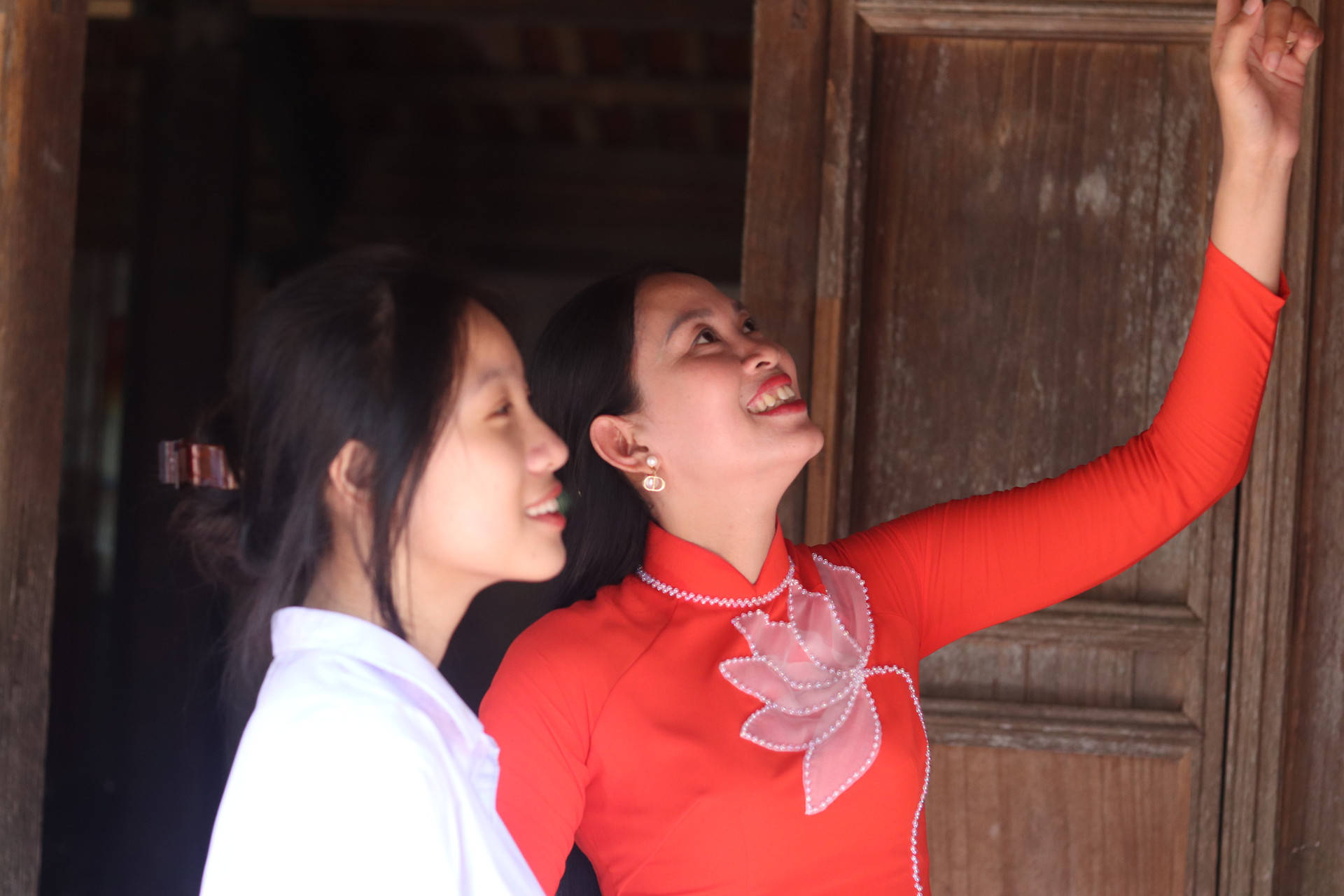
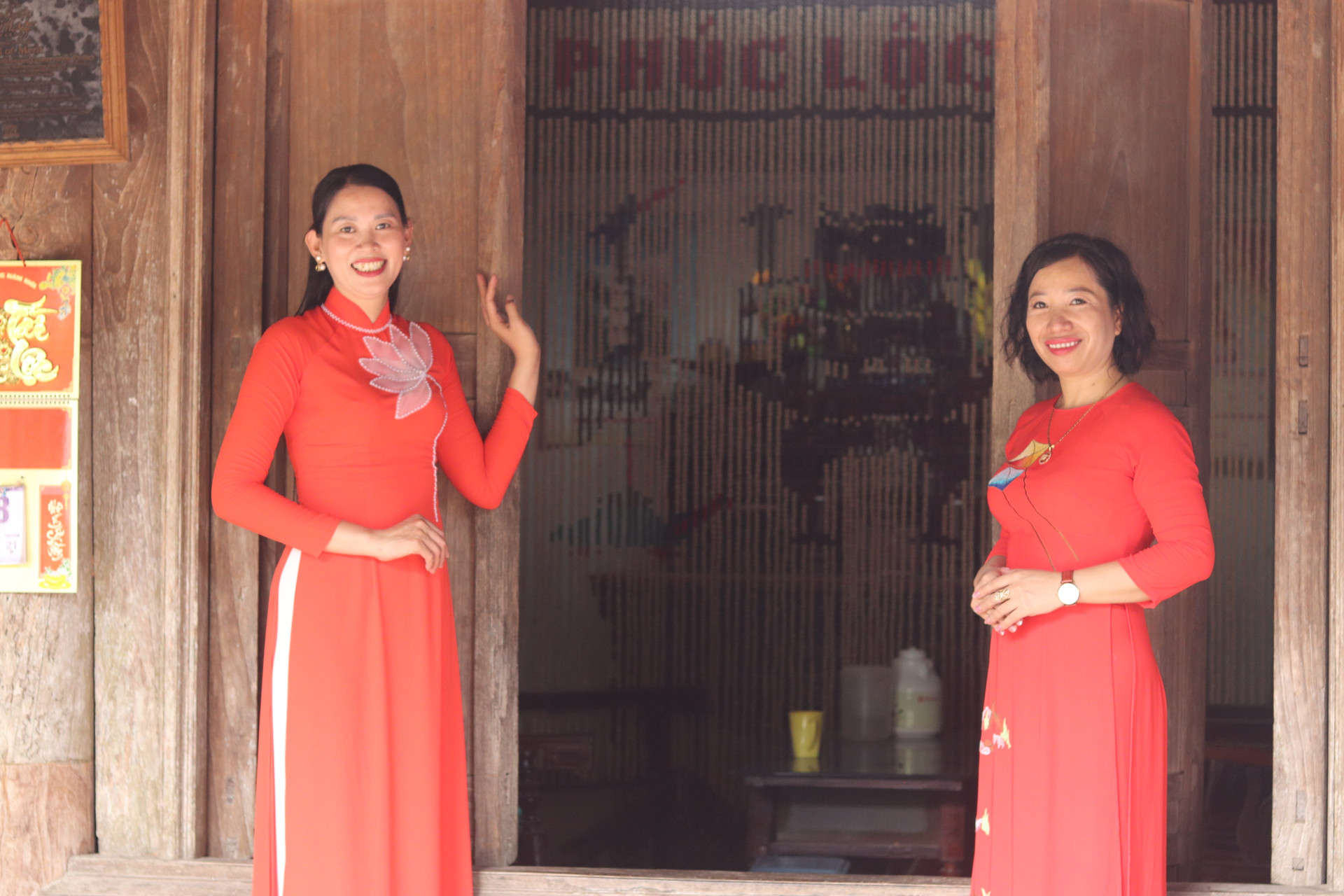
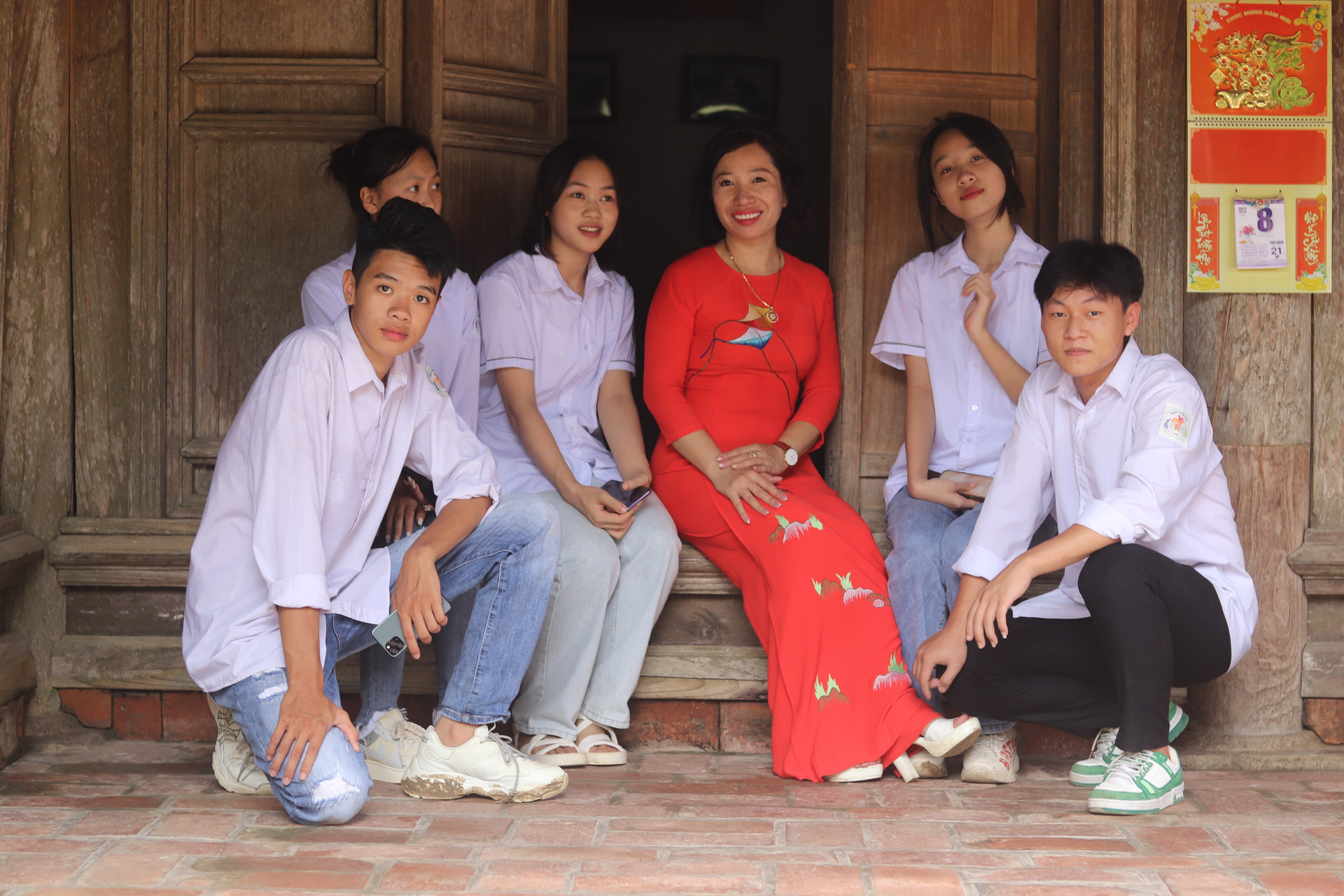
Here, the tour guide said that this house has gone through 7 generations, the origin of this house was built by Mr. Bat, an eighth-rank mandarin in the Nguyen Dynasty, in 1810, completed in 7 months by the hands of the most talented craftsmen in the Nam Ha region (present-day Ha Nam ) and Dat Tay village (present-day Hoang Hoa district, Thanh Hoa). Photo: Dinh Minh
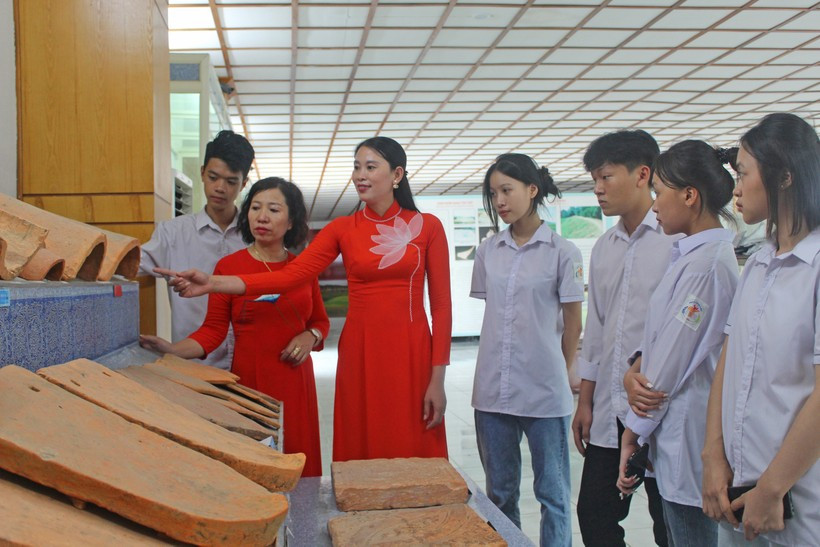
The group’s final stop was the area displaying artifacts dating back more than 600 years at the Ho Dynasty Citadel. The “warehouse” of artifacts currently includes a number of artifacts such as: stone dragon heads, tiles, bricks used to build the citadel, stone marbles, stone bullets, tiles, porcelain dishes, terracotta materials, etc. Photo: Dinh Minh

Nguyen Thi Thuy (class 12A7, Vinh Loc High School) said that she was very impressed with the artifacts, relics and stories about the Ho Dynasty Citadel heritage. Thuy believes that having such a practical and complete visit will be very helpful for students compared to just updating information in books. Photo: Dinh Minh
Source: https://daidoanket.vn/anh-kham-pha-di-san-thanh-nha-ho-10266437.html









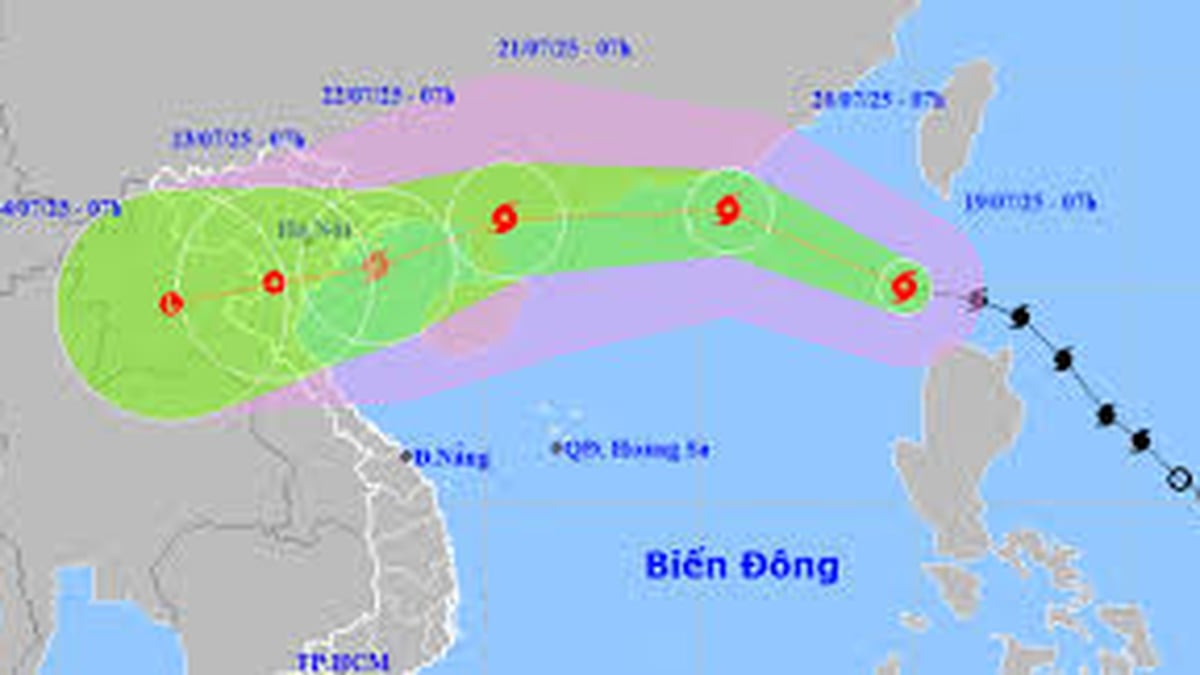
























































































Comment (0)